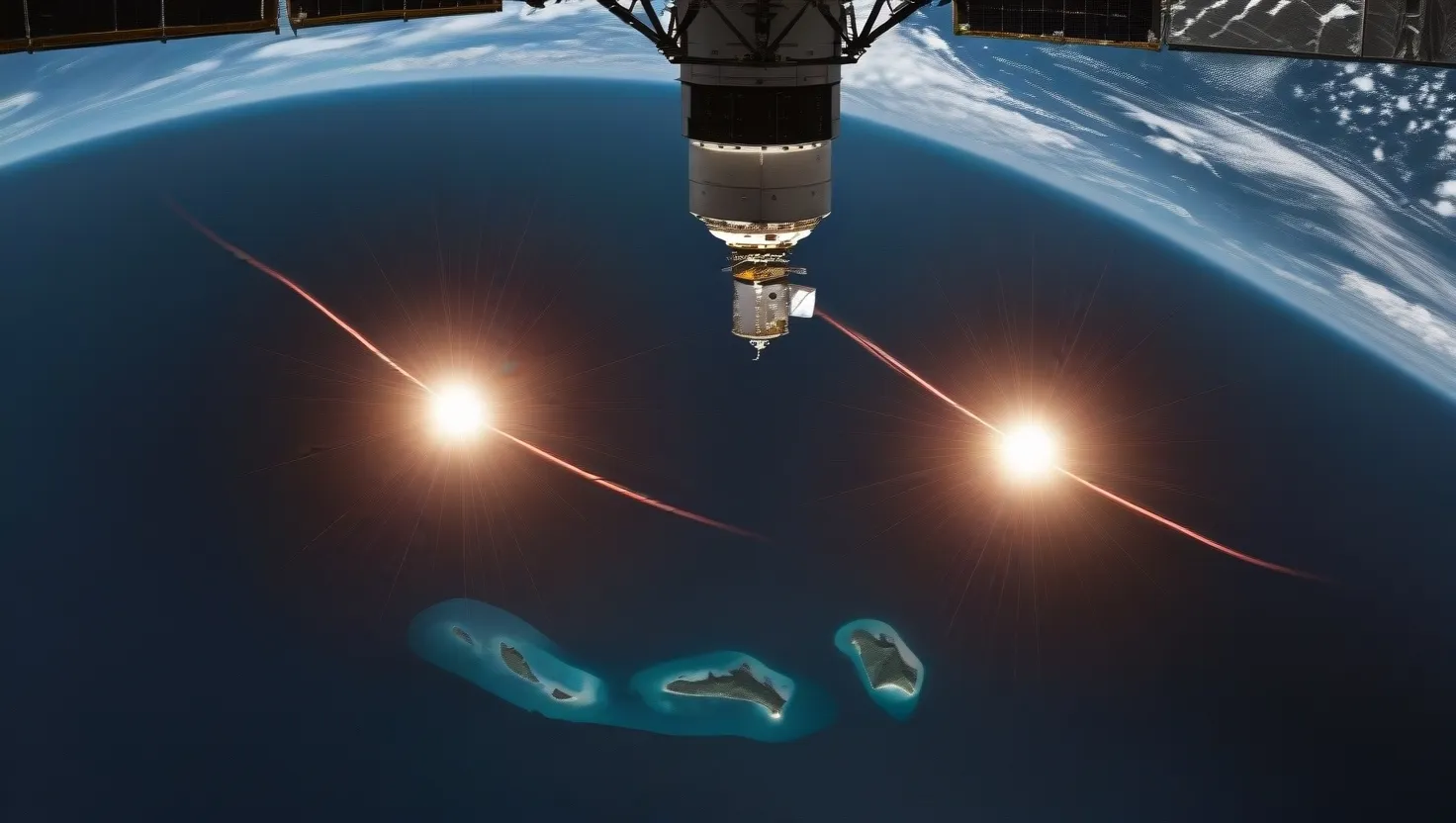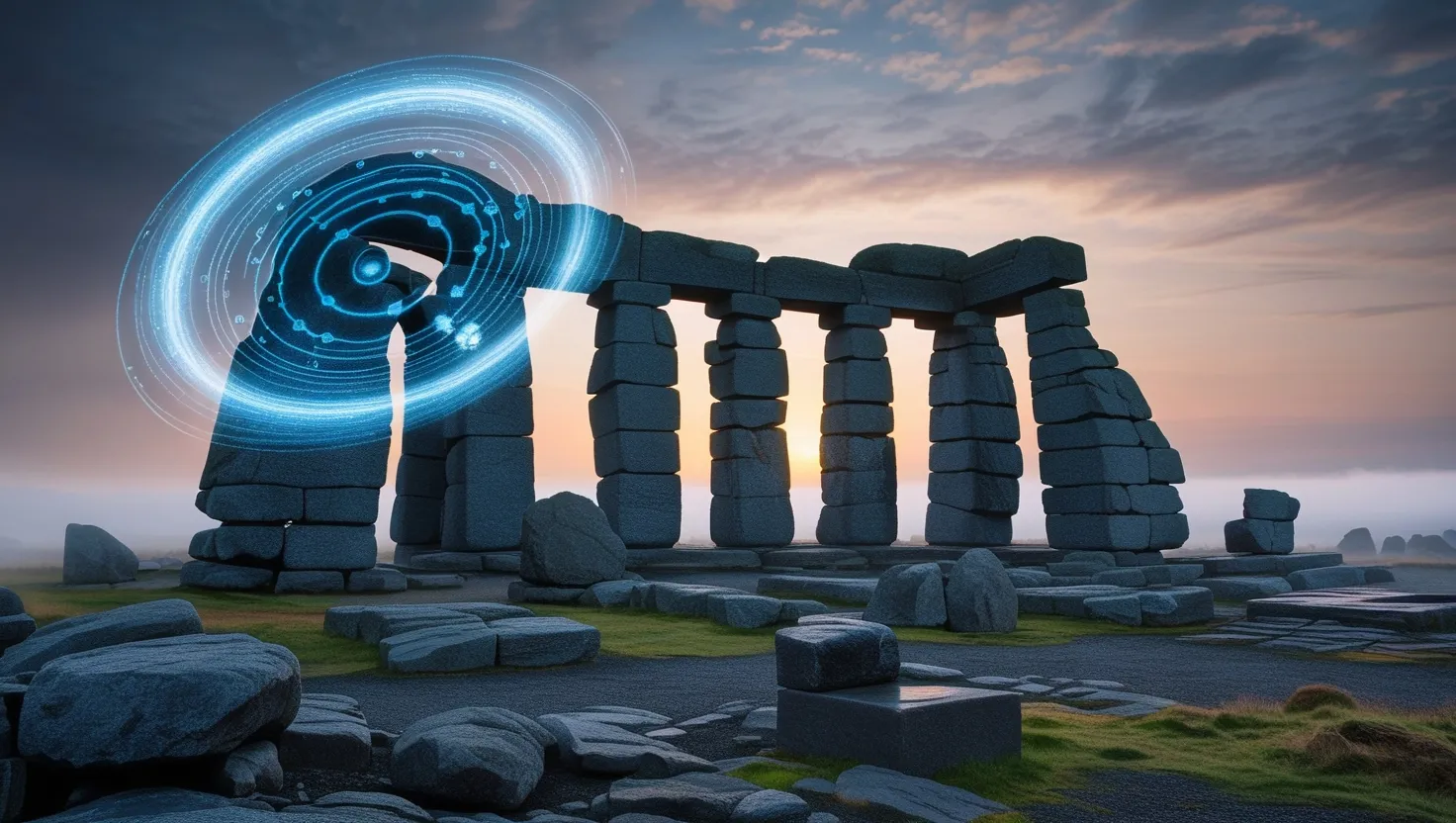On September 22, 1979, just after midnight, a U.S. Vela satellite, designed to detect nuclear explosions, picked up a peculiar signal in the South Atlantic or Indian Ocean. This signal, known as the Vela Incident, was a double flash of light that bore a striking resemblance to the optical signature of a nuclear explosion. The event was detected by the Vela 6911 satellite, which was part of a network of satellites tasked with monitoring compliance with the Partial Nuclear Test Ban Treaty.
The location of the flash was pinpointed to an area between the Crozet Islands, a French archipelago, and the Prince Edward Islands, then under South African jurisdiction. This remote and sparsely inhabited region added to the mystery, as it was far from any known nuclear testing sites. The initial flash was brief and intense, followed by a longer, less intense flash – a pattern characteristic of atmospheric nuclear explosions.
The implications were immediate and far-reaching. If this was indeed a nuclear test, it would have significant proliferation implications, especially given the treaty bans in place. The U.S. government quickly assembled a panel of experts, chaired by Dr. Jack Ruina, to evaluate the evidence. This panel included renowned physicists, engineers, and technologists, all tasked with determining whether the signal indicated a nuclear explosion.
However, the Ruina panel’s findings were not conclusive. While the optical signature was consistent with a nuclear explosion, there were key differences in the ratio of intensities measured by the two detectors on the satellite. This discrepancy led the panel to suggest that the incident might not have been a nuclear test after all. Instead, they proposed that the signal could have been caused by a micro meteoroid impacting the satellite.
Despite this official stance, many experts remained skeptical. The lack of nuclear fallout, a crucial piece of evidence, was often cited as a reason to doubt the meteor impact theory. However, other signs pointed towards a nuclear origin. For instance, an anomalous traveling ionospheric disturbance was detected at the Arecibo Observatory in Puerto Rico around the same time, though thousands of miles away. This disturbance is often associated with nuclear explosions.
Recent studies have reignited the debate. Researchers such as Lars-Erik De Geer and Christopher M. Wright have revisited the evidence, including the original optical signal, iodine-131 detected in Australian sheep thyroids, and hydroacoustic signals. These findings strongly suggest that the Vela Incident was indeed a low-yield nuclear test, possibly conducted by Israel and South Africa in a clandestine operation.
The detection of iodine-131, a radioactive isotope produced by nuclear fission, in Australian sheep thyroids shortly after the incident is particularly compelling. This evidence, while not conclusive on its own, adds weight to the argument that a nuclear explosion occurred. It also raises questions about why such evidence was not given more credence at the time.
The Vela Incident highlights the challenges in monitoring nuclear activities, especially in remote and inaccessible regions. It underscores the limitations of satellite technology and the complexities of interpreting data from such events. The incident also serves as a reminder of the geopolitical tensions of the Cold War era, where nations often walked a fine line between compliance with international treaties and the pursuit of national security interests.
In the years since the Vela Incident, advancements in technology have improved our ability to detect and analyze such events. However, the incident remains a stark reminder of the difficulties in verifying compliance with nuclear treaties. It is a testament to the enduring mysteries of the Cold War and the intricate web of international relations that often shroud such events in secrecy.
The Vela Incident continues to fascinate scientists, policymakers, and the general public alike. It is a story of intrigue, speculation, and the ongoing quest for truth in a world where nuclear proliferation remains a pressing concern. As we reflect on this incident, we are reminded of the importance of transparency and the need for robust international monitoring mechanisms to ensure compliance with nuclear treaties.
In the end, the Vela Incident stands as a poignant example of how complex and multifaceted global nuclear politics can be. It is a story that continues to unfold, with new evidence and perspectives emerging over time. As we navigate the complexities of the modern world, incidents like the Vela Incident serve as important reminders of the need for vigilance, transparency, and cooperation in the pursuit of global security.






